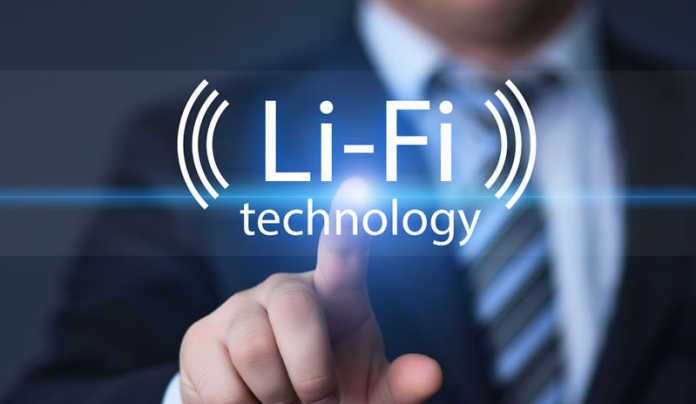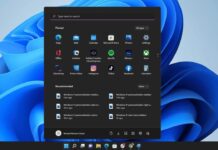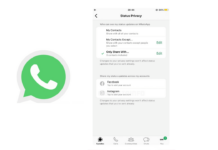The science Friction method is now used by Harald Haas from the University of Edinburgh, who developed Li-Fi, which can transmit data with the speed of 1GBPS. The technology of LED light bulbs from a startup company in Estonia.
After dedicated hard work on research for years seems like just Si-Fi stuff, now it seems to be a complete state of the stuff we call it Li-Fi, Li-Fi will be 100 times faster than Wi-Fi networks, Li-Fi generally developed to transfer data through LED light bulbs and it has said approximately it will cross 1GBPS of data transfer rate as download or upload.
Li-Fi has been developed by a startup company, they have their own experimental lab from which they have displayed the demonstration of the new technology Li-Fi; now we can also say that we are in the Future. The new technology is also coming under a wireless communication system that transmits data through LED light bulbs, and it doesn’t use any traditional radio frequency.
Li-Fi 100 Times Faster Than WiFi Upto 1GBPS
India-based startup company Velmenni from 2014 starting their research and development in Jugnu as smart LED bulbs. Now the work is almost completed but still work in progress, it is said that the product they are developing can transfer the data only through visible lights, this type of system technology allows LED bulbs to transmit data to another bulb we also it can be smartphone, internet connectivity. The company works with Android hardware to work with its product dubbed Jugnu.
Deepak Solanki, CEO of Velmenni told IBTimes UK, “Currently we are working with a pilot projects with some of the technological industries so that we can utilize the technology Visible Light Communication (VLC). The technology we have developed will be working for industrial as well as personal private purpose in which the data transfer with just a light and soon working it will work with Android smartphone (We are working in Android), at the time of our pilot project with other private clients, we are also setting up a Li-Fi network in every sector of office for the use and feedback.”
Li-Fi developed by Harald Haas from the University of Edinburgh said: “All we would need to do is to fit a little microchip to every potential brightening gadget. What’s more, this would then consolidate two essential functionalities: light and remote information transmission,” he told the crowd.
Further, he included: “And it’s this advantageous interaction that I for one accept could take care of the four fundamental issues that face us in remote correspondence nowadays. Also, later on, you would not just have 14 billion lights, you may have 14 billion Li-Fis conveyed worldwide for a cleaner, a greener, and even a brighter future.”



